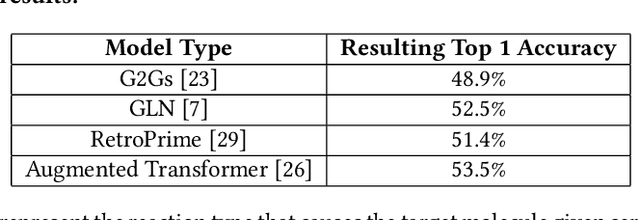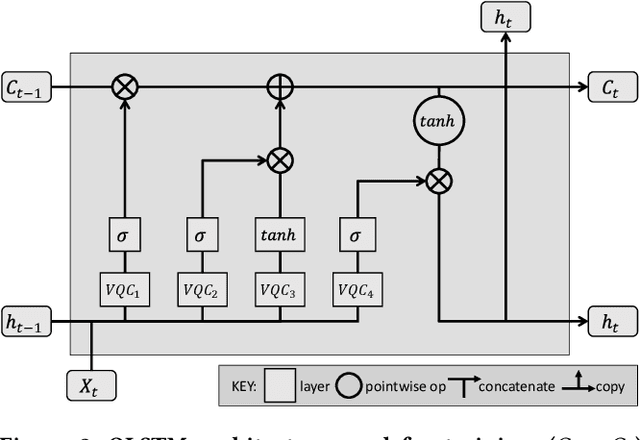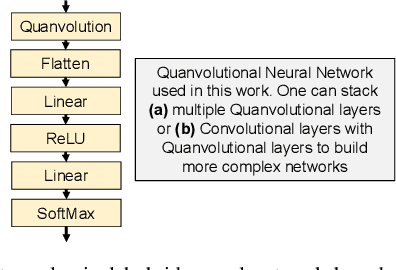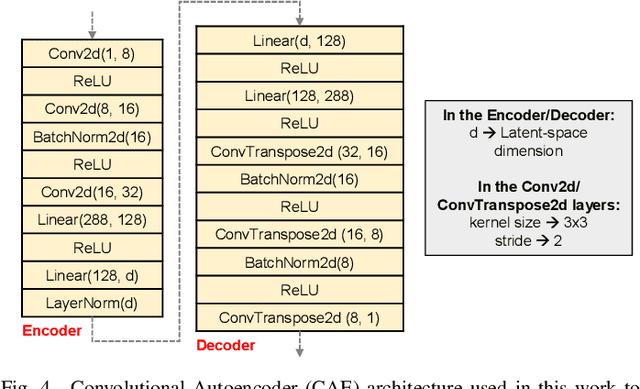Rasit Onur Topaloglu
Quantum Machine Learning for Material Synthesis and Hardware Security
Aug 16, 2022



Abstract:Using quantum computing, this paper addresses two scientifically pressing and day-to-day relevant problems, namely, chemical retrosynthesis which is an important step in drug/material discovery and security of the semiconductor supply chain. We show that Quantum Long Short-Term Memory (QLSTM) is a viable tool for retrosynthesis. We achieve 65% training accuracy with QLSTM, whereas classical LSTM can achieve 100%. However, in testing, we achieve 80% accuracy with the QLSTM while classical LSTM peaks at only 70% accuracy! We also demonstrate an application of Quantum Neural Network (QNN) in the hardware security domain, specifically in Hardware Trojan (HT) detection using a set of power and area Trojan features. The QNN model achieves detection accuracy as high as 97.27%.
Quantum-Classical Hybrid Machine Learning for Image Classification (ICCAD Special Session Paper)
Sep 17, 2021



Abstract:Image classification is a major application domain for conventional deep learning (DL). Quantum machine learning (QML) has the potential to revolutionize image classification. In any typical DL-based image classification, we use convolutional neural network (CNN) to extract features from the image and multi-layer perceptron network (MLP) to create the actual decision boundaries. On one hand, QML models can be useful in both of these tasks. Convolution with parameterized quantum circuits (Quanvolution) can extract rich features from the images. On the other hand, quantum neural network (QNN) models can create complex decision boundaries. Therefore, Quanvolution and QNN can be used to create an end-to-end QML model for image classification. Alternatively, we can extract image features separately using classical dimension reduction techniques such as, Principal Components Analysis (PCA) or Convolutional Autoencoder (CAE) and use the extracted features to train a QNN. We review two proposals on quantum-classical hybrid ML models for image classification namely, Quanvolutional Neural Network and dimension reduction using a classical algorithm followed by QNN. Particularly, we make a case for trainable filters in Quanvolution and CAE-based feature extraction for image datasets (instead of dimension reduction using linear transformations such as, PCA). We discuss various design choices, potential opportunities, and drawbacks of these models. We also release a Python-based framework to create and explore these hybrid models with a variety of design choices.
 Add to Chrome
Add to Chrome Add to Firefox
Add to Firefox Add to Edge
Add to Edge